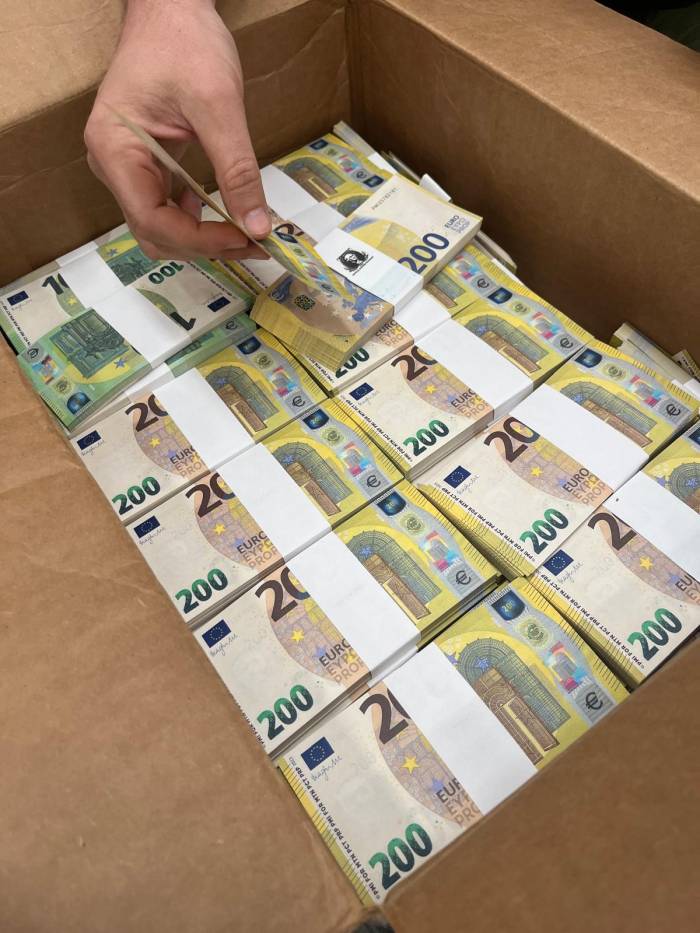Fake Indian currency notes (FICN) have long been associated with financing terror activities, especially in sensitive regions like Kashmir and Northeast India. These areas face unique geopolitical challenges, and counterfeit currency plays a crucial role in sustaining underground networks.
The Nexus Between Fake Currency and Terror Funding
Terror groups rely heavily on untraceable cash to fund their operations. Fake Indian notes provide a convenient way to generate large amounts of money quickly without engaging in legitimate banking channels, which are closely monitored. The anonymity and liquidity offered by counterfeit currency make it an ideal resource for procuring weapons, bribing officials, and sustaining local recruitment efforts.
Kashmir: The High-Value Target
Kashmir’s volatile political environment makes it a hotspot for terror activities. Various banned outfits use fake currency as part of their financial ecosystem. Reports have shown that counterfeit notes, primarily ₹500 and ₹2000 denominations, are smuggled into the region through multiple routes.
Terror groups use local sympathizers and intermediaries to circulate fake currency within the market. This money helps finance logistics like transporting arms, paying militants, and maintaining safe houses. Since the region depends heavily on cash transactions, fake currency slips easily into daily circulation without raising immediate suspicion.
Northeast India: A Complex Terrain
The Northeast is home to multiple insurgent groups with diverse political demands. Many of these groups operate in remote areas with limited banking penetration, making cash essential for their functioning. Counterfeit, especially smaller denominations like ₹100 and ₹200, flows into this region to support these groups’ activities.
The fake notes reach Northeast India via porous borders with Myanmar, Bhutan, and Bangladesh, facilitated by local smuggling networks. These notes help fund recruitment, armaments, and even cross-border trade to maintain their hold.
How Fake Currency Supports Terror Networks
- Weapon Procurement: Fake currency is used to buy arms and ammunition from illegal markets.
- Bribery and Corruption: It helps in bribing local officials and security personnel to evade law enforcement.
- Logistics and Supplies: Counterfeit cash funds daily operational costs including food, transport, and communication.
- Recruitment and Propaganda: Money supports the families of militants and funds recruitment drives.
Challenges in Detection and Enforcement
Counterfeit notes are often passed off in small denominations to avoid detection. In cash-heavy, less digitized economies like Kashmir and the Northeast, the use of fake currency remains high. Local populations, sometimes unaware, unknowingly become part of the circulation chain.
Law enforcement faces terrain challenges, limited infrastructure, and the complexities of insurgency when attempting to crack down on these networks. While intelligence agencies have stepped up operations, the decentralized and secretive nature of terror funding complicates efforts.
Government Measures
The government has introduced several initiatives to combat fake currency circulation in these regions:
- Increased border patrols and joint operations with neighboring states.
- Deployment of advanced currency verification machines at key checkpoints.
- Strengthening of intelligence-sharing mechanisms between central and state agencies.
- Public awareness campaigns to educate people on identifying fake notes.
Conclusion
Fake Indian currency plays a significant role in funding terror activities in Kashmir and Northeast India by providing untraceable, quick money. Tackling this issue requires integrated efforts combining law enforcement, intelligence, community participation, and technology. Without curbing the fake supply, the financial backbone of terror networks will remain strong, hampering peace and development in these sensitive regions.




